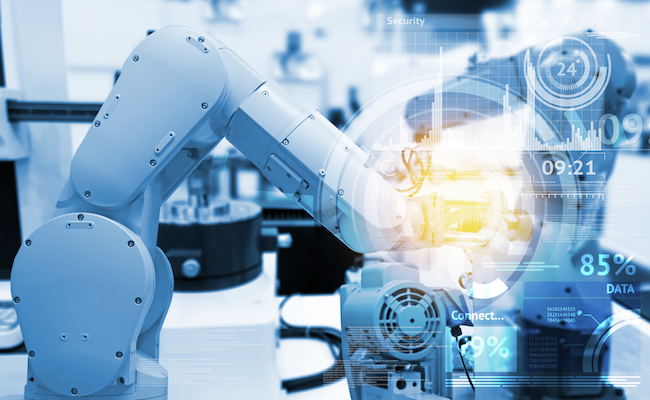
5 amazing applications of digital twins in manufacturing
by Emily Newton, Editor-in-Chief, Revolutionized
The value of digital twins in manufacturing starts even before you manufacture anything.

PHOTO: Getty Images
Digital twins have been around for decades, but the manufacturing sector has only recently begun to capitalize on their potential. These virtual copies of real-world objects and environments offer unparalleled visibility, helping manufacturers see things deeper or from new perspectives with minimal disruption.
That visibility can improve many common processes throughout the industry. Here are five of the most significant applications of digital twins in manufacturing that illustrate that usefulness.
1. Virtual Prototyping
The value of digital twins in manufacturing starts even before you manufacture anything. Designers can use them to create virtual prototypes of upcoming products. They can simulate various environments to see how to improve the design before spending time and money on a physical prototype.
Businesses spent $538 billion on research and development in 2020 alone, with 79% of those funds going toward development. Virtual prototypes require no manufacturing and are easier to adjust, so they can dramatically reduce that spending.
2. Addressing Inefficiencies
Another common use case for digital twins is recreating manufacturing workflows to highlight inefficiencies. A virtual model of your process lets you use artificial intelligence (AI) for analysis and improvement. The insight from these AI algorithms can reveal where and what to change to yield the most significant efficiency boosts.
3. Planning Facility Upgrades
Once you find inefficiencies in your workflows, you can use digital twins to find the best way to fix them, too. You can simulate different changes in the twin to compare various approaches and find the best way forward.
These simulations save considerable risk and time because you don’t have to disrupt workflows to try new methods until you find the optimal solution. The same technology can also help you plan future facility expansions or upgrades, letting you model changes before paying for them to gauge their effectiveness.
4. Equipment Maintenance
Digital twins in manufacturing can also optimize equipment maintenance. Internet of Things (IoT) devices are a central part of Industry 4.0, and these connected sensors can gather and transmit data about machine health and operation. You can use this information to create a digital twin of the machinery to understand its ongoing maintenance needs.
After analyzing a pattern of issues, a machine’s digital twin can predict when the equipment will need certain repairs as factors like temperature or vibrations shift. You can use these predictions to prevent costly breakdowns and reduce unnecessary downtime through a need-based repair model.
5. Supply Chain Optimization
These virtual copies can help people better understand broader ecosystems like supply chains. You can model supply chain changes and disruptions just as you run simulations about a specific workflow through digital twins. You can then see how the model stands up under different factors, highlighting how you can make a more efficient or resilient supply chain.
Using Digital Twins in Manufacturing
Manufacturers with enough data on virtually any process or object can create a digital twin to better understand it.
Digital twins and their surrounding possibilities will become even more helpful as IoT technologies and AI grow and improve. Manufacturers that capitalize on them early can optimize their operations today to prepare for a more agile future.